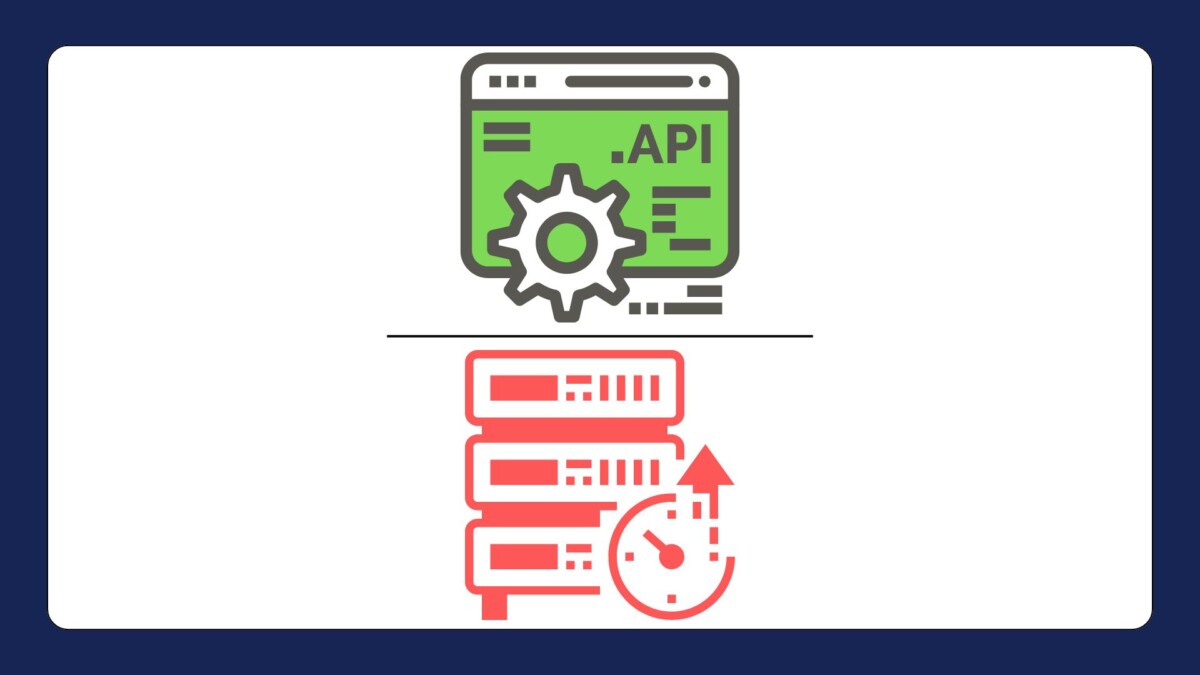From e-commerce platforms integrating with payment gateways to mobile apps fetching real-time data from servers, APIs play a crucial role in delivering the dynamic and interconnected experiences users expect. However, as reliance on APIs grows, so does the need for effective API performance tracking to ensure that these connections remain reliable, efficient, and secure. Tools like Uptime API offer developers a comprehensive suite of features for real-time monitoring, alerting, and optimizing APIs.
Why API Performance Tracking Matters
APIs are often the backbone of applications, silently powering interactions, data exchanges, and transactions behind the scenes. However, when they fail, the impact can be loud and costly. An unresponsive API can halt critical operations, leading to downtime that damages the user experience. In the e-commerce world, this could mean lost sales; for SaaS applications, it could translate to churn as frustrated users seek alternatives. This is why API performance tracking is not just a best practice but a necessity for modern development teams.
Tracking API performance allows developers to identify issues such as slow response times, frequent errors, or outright downtime before they spiral into larger problems. This proactive approach is key to maintaining a robust API ecosystem, where issues are addressed swiftly to maintain uptime and service quality. Uptime API provides real-time insights into an API’s health and performance, enabling developers to monitor critical metrics and ensure their APIs are consistently reliable.
At the heart of API performance tracking is uptime monitoring. Uptime refers to the total time that an API is available and functional. It is a key metric for any application that depends on API-driven functionality. Whether it’s a public-facing service or an internal tool, ensuring high uptime is critical to delivering uninterrupted service.
Uptime API provides automated monitoring to track your API’s uptime around the clock. This real-time monitoring ensures that if your API goes down or experiences significant disruptions, your team is immediately notified. With the API, you can set predefined SLAs (Service Level Agreements) for uptime and receive alerts if the API’s availability drops below acceptable thresholds. This helps you maintain a consistently high level of service, minimizing the risk of user dissatisfaction due to outages.
Uptime API: A Robust Solution
Uptime API is an all-encompassing tool designed specifically for tracking, monitoring, and optimizing the performance of your APIs. In a world where seamless digital experiences are paramount, APIs play a crucial role in connecting services and delivering data across various platforms. Ensuring these APIs function optimally is vital to maintaining service reliability, user satisfaction, and operational efficiency. This is where Uptime API excels, providing developers and businesses with a powerful solution for real-time monitoring, performance tracking, and actionable insights.
At its core, Uptime API focuses on one of the most critical aspects of API performance: uptime monitoring. Uptime is the measure of an API’s availability, and maintaining high uptime is essential for uninterrupted service delivery. This API tracks your API’s uptime around the clock, ensuring that you’re the first to know when any downtime occurs. Whether your API is public-facing or an internal tool, the API helps prevent prolonged outages by sending instant alerts when your service is down or underperforming.
For businesses, especially those in sectors like e-commerce, fintech, or SaaS, where reliability is non-negotiable, maintaining uptime is critical to preventing loss of revenue, users, or productivity. With Uptime API, you can set Service Level Agreements (SLAs) that define acceptable uptime thresholds, receiving instant notifications if your API’s uptime dips below these limits. This helps ensure that API outages are resolved quickly, minimizing their impact on users and business operations.



